This week on Extra Punctuation, Yahtzee takes a look at why chasing realistic graphics all the time is hurting AAA games.
Extra Punctuation Transcript
As rendering technology continues to advance, graphics in video games can be more realistic than ever. We have lighting systems that can in real time create perfect reproductions of any physical environment at any time of day. A CG sequence of a celebrity performance can, to the casual glance, be indistinguishable from one being filmed in real life, although it might give you the creeps. Triple A video games are displaying unprecedented levels of visual fidelity. And it is fucking killing them.
Because it’s not just POSSIBLE for triple-A video games to have ultra realistic graphics – it’s EXPECTED. Reviewers and players alike balk at any triple-A release that looks even slightly outdated because it’s what decades of marketing and flashy trailers has trained them to expect. And realism is inextricably linked to the advancement of technology. The first thing that always comes out to demonstrate the power of a new graphics card is a tech demo showing all the new, realistic facial expressions characters can make.
Which is all very well for high level visual design specialists and those horrible fucking ghouls at Lucasfilm when they want to cast another dead actor in Star Wars, but the continuing obligation that mainstream video games employ the most powerful rendering tech currently commercially available is something that desperately needs reassessment.
Do super high fidelity graphics make video games better? Fuck no. Whatever is gained from improving immersion and spectacle surely has to be offset by the astronomic expense it adds to a game’s production. To say nothing of the additional man hours of labour required for ultra-HD texturing, face and body capture animation and modelling every last detail in every medicine cabinet right down to the ridges on the side of the Nyquil bottle. Additional work that means fewer and fewer triple-A games come out each year and a two-three year dev time is now the standard rather than the cause for mockery it would have been twenty years ago. Additional expense that makes it inaccessible to all but those connected to a small handful of huge, monolithic publishers with money to piss away in geological quantities.
But even if there are fewer triple-A games or people in a position to make them, at least it improves the quality of what games we do get, right? Abso-titano-fuck no. Jedi Survivor is just the most recent example of new games being absolutely disastrously buggy at launch. Some portion the blame for this at the feet of PC gaming and the difficulty of creating a universal experience for a broad range of hardware variance, but I point to the graphical obligations and the unwieldy legions of bells and whistles that can go wrong when forced to use the newest and least tested tech.
Even if the game functions, the lion’s share of resources going to the graphics leaves less and less room for the shit that actually matters, like gameplay design. In terms of game design innovation, the triple-A space has been walking in circles for decades. When it’s not railroading us through ghost train ride glorified movies, then it’s lazy Skinner box mechanics proven to hypnotize players into endless grind loops because it’s the only way to recoup the ballooning cost of staying on the cutting edge of graphics.
That aside, the obligation that every triple-A game must look ultra realistic fundamentally restricts the kinds of experiences that can be made. There are certain emotional tones a creator might want to evoke that don’t work with realism. Imagine if Pizza Tower had ultra realistic graphics. That’d frighten the children.
But I’m not making any startling revelations, here. Raise these points in company and you’ll see nothing but nodding heads. Go ahead and cite the patently obvious fact that ultra realism costs too much and doesn’t make a game fun. Gesture towards the legions of indie games that have retro styled graphics and do perfectly well out of it without costing the gross domestic product of a medium-sized island nation, redoubling your emphasis when Minecraft hoves into view. Express the blatant pointlessness of giving a character who spends 99% of the time with their arse to the camera the ability to realistically fucking smile. While you’re at it, make the other compelling point that nothing ages faster than realistic graphics. Doesn’t take more than a few years for it to descend the slopes of the uncanny valley. Go look at footage of The Elder Scrolls: Oblivion. That blew everyone’s fucking minds when it came out. Now all the characters look like fluorescent tube lights wrapped in Proscutto ham. Meanwhile, the ultra stylised Zelda Wind Waker came out over twenty years ago and has never looked anything but perfectly fine.
Say all of that and watch literally everyone agree. Then, watch some of those same people go over and talk shit about Forspoken because the main character looks a bit boss eyed and marginally less than perfectly realistic at times. Triple-A developers remain trapped in a best graphics contest that absolutely nobody wanted or agrees is beneficial, set in place by imagined expectation, ignorant higher ups and the media’s neverending thirst for fancier screenshots. It’s like the fucking Cold War. Neither side wants global thermonuclear conflict but have to keep creeping towards it in case the other guy starts creeping marginally faster.
As I say, realistic graphics are linked to the advancement of tech. Tech companies are heavily invested in making sure we always want the newest and most powerful processors, and so the games have to utilise that power, even if they don’t strictly need it. Similar thing happened when CD-ROMs first became a thing in the 90s. You didn’t need a 600Mb disc to release low-resolution 2D adventure games that ran to about 30Mb at the high end, so it suddenly became very important to fill out that space with pointlessly high quality audio and FMV cutscenes.
So these ultra-realistic triple-A games are killing themselves to render every cocking speck of dust on every minging eyelash because they gotta justify these new consoles and graphics cards somehow. But thinking about it, surely that’s a failure of imagination. Let’s think about what else you could do to make use of all that processing power that players would find *impressive* and wouldn’t just be pointlessly pretty.
Idea 1: Render absolute shitloads of enemies. There’s a joke Doom mod called Nuts with something like 100,000 enemies in one huge room, which routinely bricked PCs at the time it came out. Most new PCs run it fairly happily. Let’s play around with that. One of the actual benefits of tech advancement was that games like Dead Rising were finally able to truly realise the zombie apocalypse scenario in real time, let’s keep pushing that ceiling. Make a high-octane boomer shooter set in an entire, fully rendered city that’s absolutely crawling with fuckers. Then give us a weapon that’s somewhere between a minigun and a lawnmower. Why restrict ourselves to a planet, even? Set a game on a fucking Dyson sphere or infinite plain of existence. No one’s going to complain about the individual monsters being less than perfectly realistic when a fucking tidal wave of them is bearing down like a scaled up gray goo scenario.
This brings me to idea 2: Go nuts with physics engines. Everyone was so enamoured with physics around when Half-life 2 came out, now it seems to have drifted into the background alongside the lighting and the reflection mapping. There’s got to be more to explore, there. Metal Gear Rising Revengeance was doing fun things with letting us organically cut things into pieces, why hasn’t anyone followed up on that? Have it so arms and legs get organically torn off by explosions and flung through the air. And then smack someone else in the head and give them a concussion.
You know one aspect of game physics that hasn’t really been improved upon in decades? Water. Oh sure, you can make water look good, like in Sea of Thieves, but it still doesn’t act like water. How about some kind of full particulate system? So if the player’s faced with, say, a flooded room, they have the option of trying to swim through it or they could spend eight hours gradually bailing it out with a coffee cup they found.
Idea 3: Make a post-dad game like Powerwash Simulator or Hardspace Shipbreaker, something with a nice zone-out workaday loop that pairs nicely with a podcast or audiobook for a lazy Sunday afternoon, and then make an actual audiobook for it. Hire a talented podcast crew to make a stupid amount of content. Like, fifty hours of amusing conversation. Then add it to the game as an in-universe radio station that most players will think just never runs out of new material.
That’d impress people. It might seem pointlessly extravagant but at least it’s easy to implement, and no more a waste of money than modelling horse testicles or needing PTSD therapy after working on the gore effects in Mortal Kombat or any of the other things the triple-A realistic graphics merchants already deal with. Or indeed stuffing all the money up their bumholes and then hurling themselves down a lighthouse staircase so that they fart out clouds of banknotes with every bone-crunching impact. That’s idea 4.


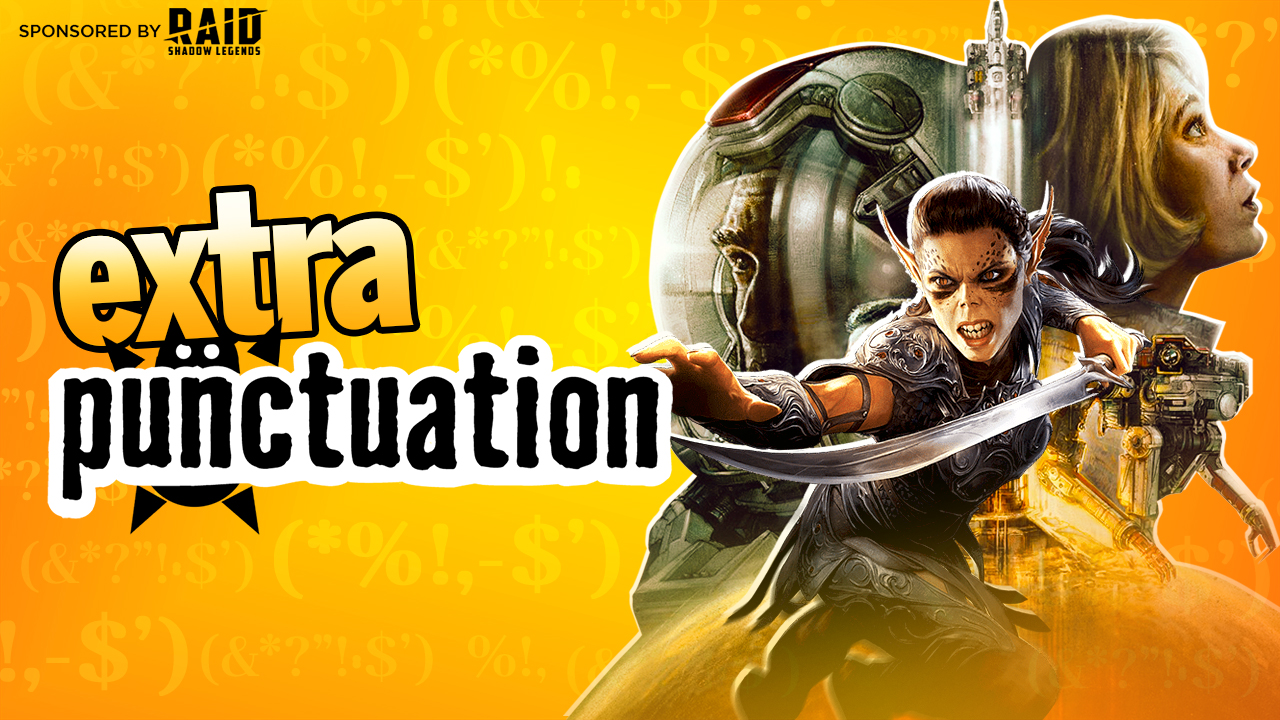
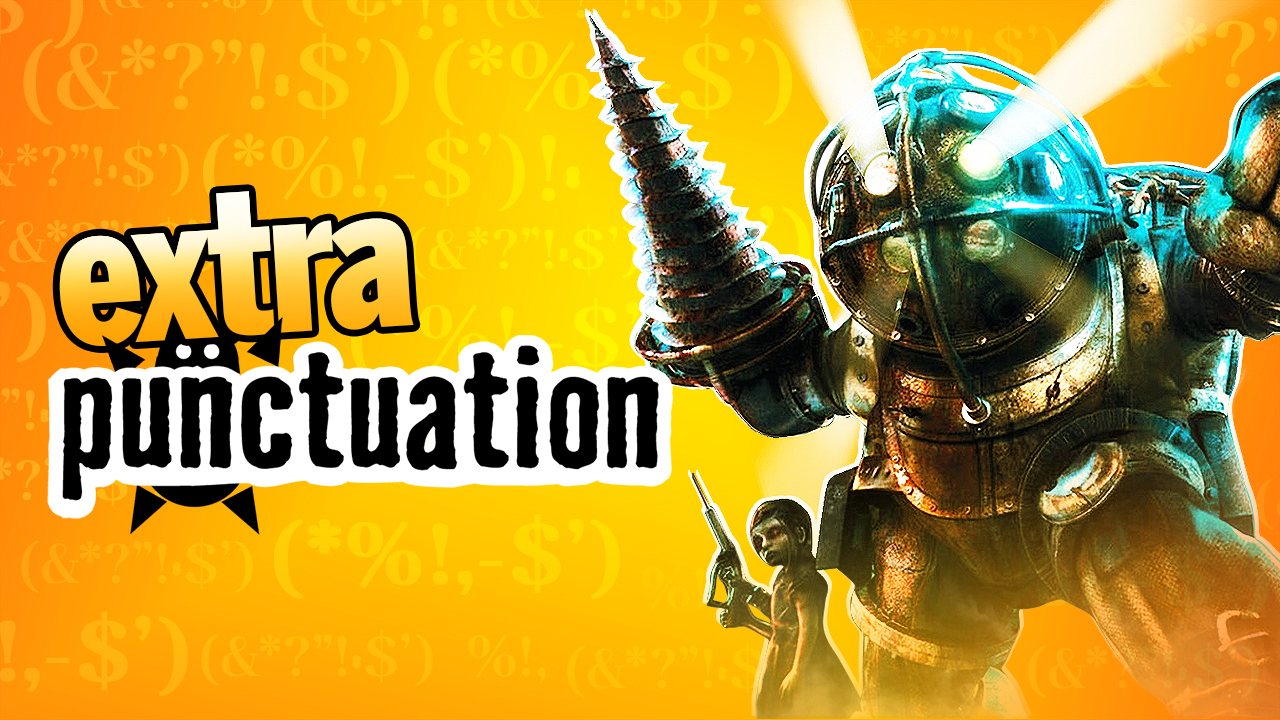



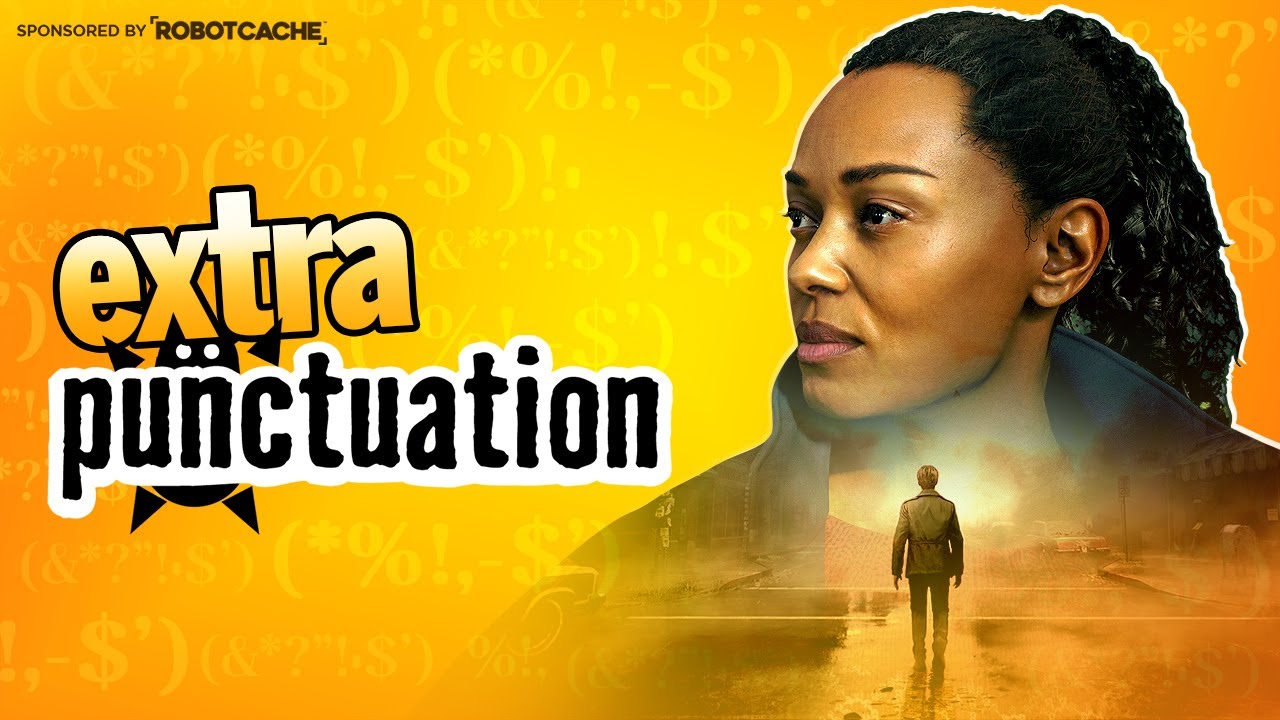
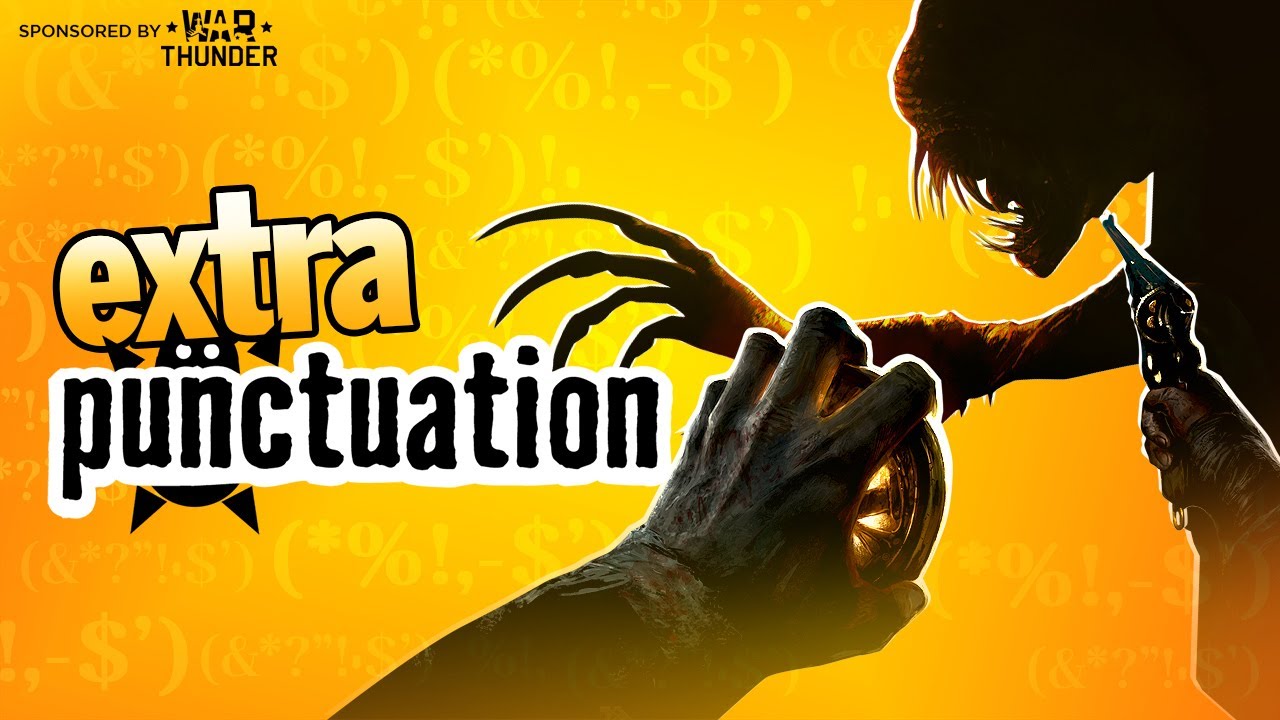


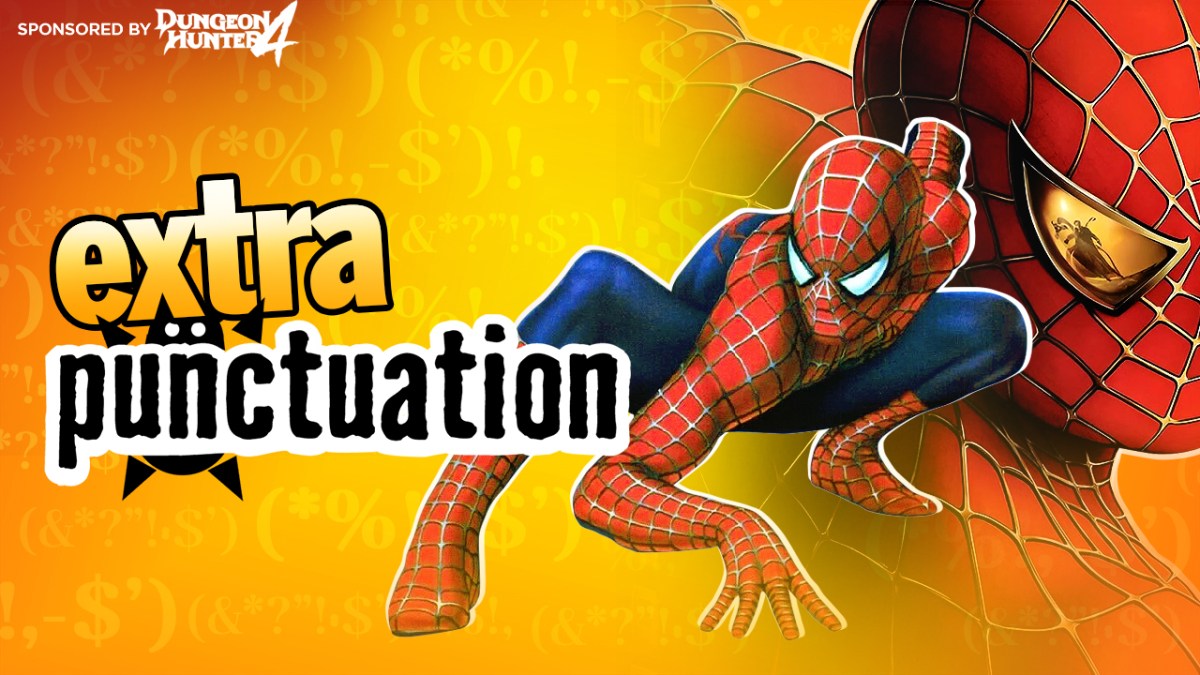


Published: May 18, 2023 12:00 pm